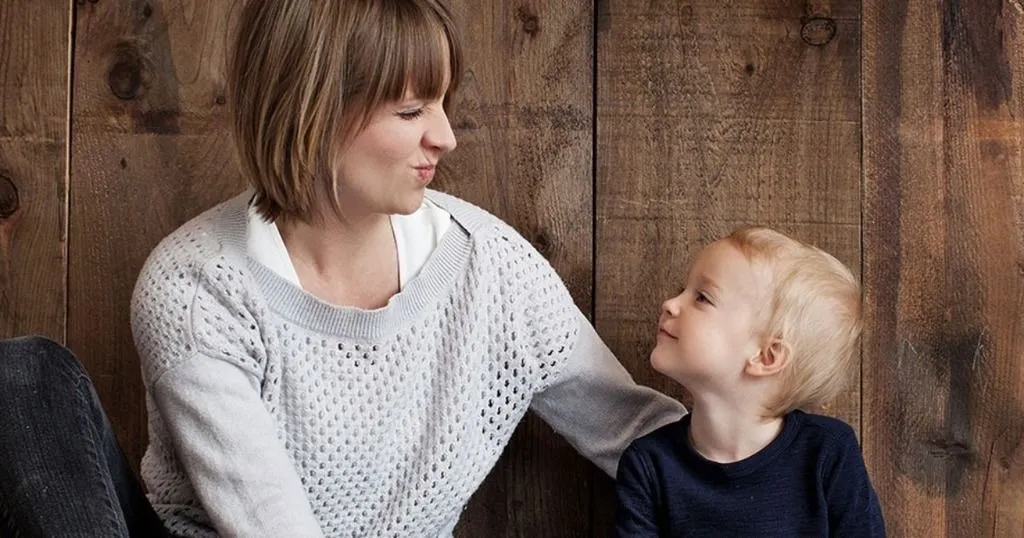A coding scheme to capture interactive behaviors during triadic consultations
The research team of Yuan developed and refined a coding scheme which can serve as a tool to identify specific triadic communicative strategies that are effective in improving children’s engagement and reducing distress.
Posted by
Published on
Mon 23 Mar. 2020
Topics
| Child | Coding Behavior | Coding Schemes | Communication | The Observer XT | Video Observation | Medical Encounter |

Usually, when I have an appointment with the dentist, it’s for a checkup, which is nothing to be afraid of. Still, there are always those scary noises and weird smells when I enter the dentist's practice. They then ask me to lie down in a chair, horizontal, with my mouth wide open, as I wait for what is to come. More than not, all these stimuli do frighten me.
My children are all teenagers now, but I still go with them when they have an appointment with the dentist. I want to make sure that they are really going. However, when they were younger, there were more reasons than just that. As a parent, my role was to support them and help them communicate with the dentist.
How does such an interaction between a child, parent, and dentist actually work?
Triadic communication between dentist, child and parent
It is important we prepare children to understand dental procedures in order to enhance oral health outcomes. But, young children are more likely to become anxious when they visit dental practices due to the potentially invasive nature of treatment and perceived threatening stimuli. Because of this, good communication is of great importance.
To identify specific triadic communicative strategies that are effective in improving children’s engagement and reducing their distress in the dental setting, Yuan and her research team used a communication coding system as a tool.
Download here the FREE white paper 'How to set up behavioral coding - 7 tips'A video-based observational study
As part of the Childsmile Programme in Scotland, children from ages two to five years old received advice twice (annually) about oral hygiene, sugar consumption, and healthy snacking as well as a fluoride varnish application. The study of Yuan et al. was conducted within this program. Five dental professionals and 50 child-parent/caregiver dyads participated.
The interaction within the triad of dentist, child, and parent was recorded real-time, in order to capture both verbal and non-verbal communication behaviors.
Developing the coding scheme
Based on an iterative process, the research team developed a coding scheme: the Paediatric dental triadic interaction coding scheme (PaeD-TrICS). The team sought for behavior codes that:
- Captured the specifics of the triadic interactive features, such as the conversation flow between child & professional, child & parent, or professional & parent
- Embodied the typical communicative behaviors that were exhibited in a dental setting and were representative of different participants
- Reflected the specific features of this clinical context
The result contained a list of 45 adult and child behaviors such as social talk, tell-show-do (TSD) talk, information giving, reassuring, rewarding (stickers), crying, withdrawing, and agreeing.
The purpose of the TSD technique is to reduce the child’s anticipatory anxiety and avoid subsequent behavioral problems. The inclusion of this specific code enabled the researchers to test whether ‘TSD talk’ will contribute to the prediction of child’s cooperation when receiving dental treatments.
Coding and analyzing data with The Observer XT
The PaeD-TrICS coding scheme was converted to an electronic format for use with The Observer XT. With help of The Observer XT, the researchers conducted systematic observations to identify, code and analyze the data according to frequency, duration, timing, and sequence of the behaviors.
The most frequent behavior during the triadic consultation was “parental verbal facilitation”. Concerning dental professionals’ behaviors, “dentally engaging talk”, “praise”, and “instruction” were most frequently seen in the consultation. Children’s common behaviors included “speech other” (child says any other utterances except for ‘yes’ and ‘no’) and non-verbal behavior i.e. “non-verbal agreement” and verbal behavior “speech yes” to express their agreement.
FREE TRIAL: Try The Observer XT yourself!
Request a free trial and see for yourself how easy behavioral research can be!
- Work faster
- Reduce costs
- Get better data
The primary coder coded all the observations. However, the research team introduced the second coder to double code four randomly selected videos (nearly 10% of sample) to assess observer agreement and ensure a consistent benchmark. The inter-coder consistency was assessed twice with Cohen’s Kappa of 0.83 (95%CIs: 0.81, 0.85). The intra-coder Cohen’s Kappa was 0.90 (95%Cis: 0.89, 0.92).
The triadic interaction captured
The PaeD-TrICS demonstrated its capability to embody the detailed complex process of the triadic interaction in a pediatric dental setting. Among others, it offers the opportunity to assess child involvement in the consultation, which is a valuable addition. It can enhance future research to test the extent of child participation in the healthcare encounter.
Additionally, the research team advises to use video observation software to examine the effect of communication behaviors on outcomes (clinical outcome, behavior outcome, etc.) and investigate the association between behaviors.
Reference
Yuan, S.; Humphris, G.; MacPherson, L.; Ross, A. & Freeman, R. (2019). Development of an interaction coding scheme (PaeD-TrICS) to record the triadic communication behaviours in preventive dental consultations with preschool child patients and families: a video-based observational study. BMC Oral Health, 19 (162). https://doi.org/10.1186/s12903-019-0836-z
Related Posts

Food and Cognition project

How to study communication in young children
